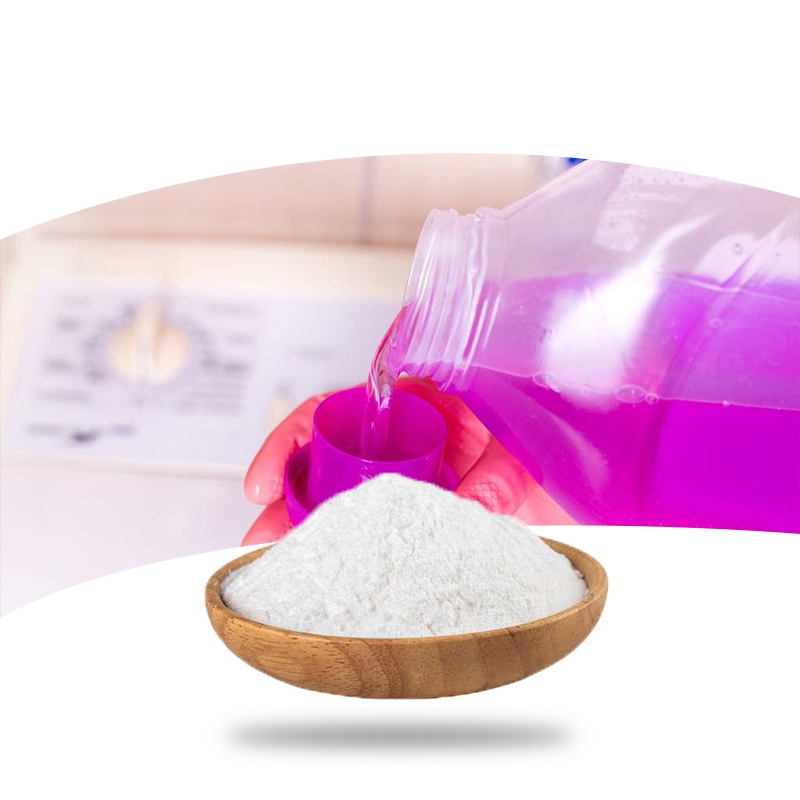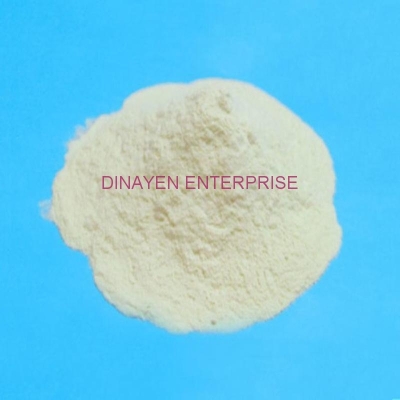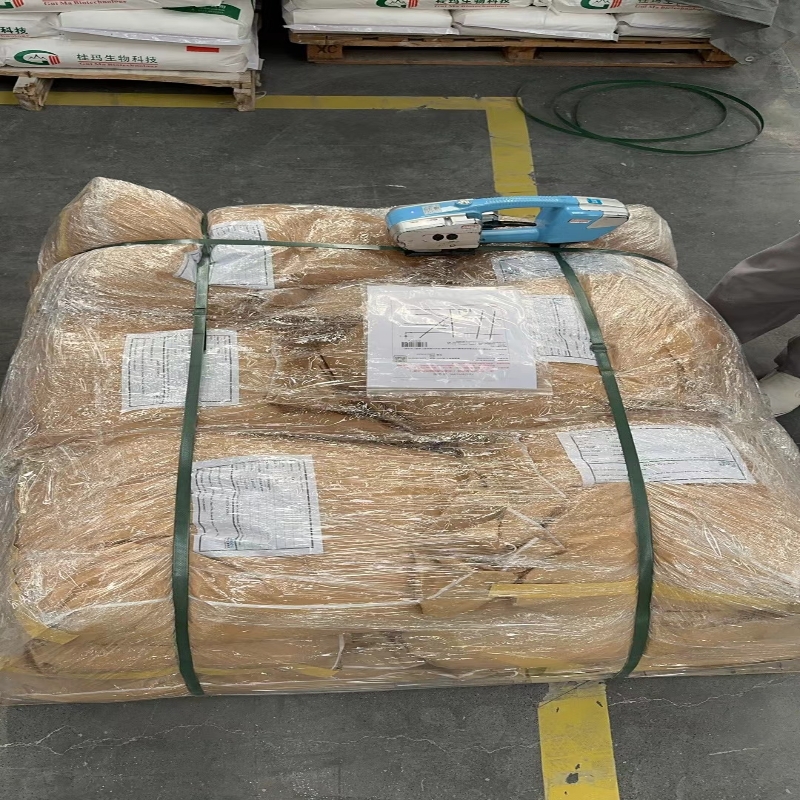Use of solid desiccant
-
Last Update: 2017-05-31
-
Source: Internet
-
Author: User
Search more information of high quality chemicals, good prices and reliable suppliers, visit
www.echemi.com
Introduction: desiccant is mainly able to prevent wet substances, including calcium sulfate and calcium oxide When combined with rainwater, it will generate a hydrate Solid desiccant mainly includes anhydrous calcium chloride and anhydrous magnesium sulfate Desiccant is a kind of material that we often use This kind of material can effectively help solids and reduce excess moisture It can avoid the occurrence of moisture The application of dryer is also more extensive, and the classification of desiccant is also more So where is the use of solid desiccant? What are the hazards of desiccant? You can log in directly Baibai safety net, have a detailed understanding The properties and uses of commonly used solid desiccants are as follows: 1 Anhydrous calcium chloride: it is widely used because of its low price and strong drying ability Fast drying speed, regeneration, dehydration temperature 473k It can not be used to dry ammonia, aldehyde, ester, etc 2 Anhydrous magnesium sulfate: it has a strong drying ability and generates mgso4.7h2o after absorbing water It is a good desiccant with rapid water absorption, high efficiency and low price It is often used to dry organic reagents 3 Solid sodium hydroxide and alkali lime: it is an excellent desiccant with fast water absorption, high efficiency and low price, but it can not be used to dry acid substances, such as CO2, H2S and SO2 4 Discolored silica gel: commonly used to keep the instrument and balance dry It turns red after absorbing water The invalid silica gel can be reused after drying and regeneration Dry amine, NH3, O2, N2, etc 5, active alumina (Al2O3): large water absorption, fast drying speed, regeneration (400-500k baking) 6 Anhydrous sodium sulfate: the drying temperature must be controlled within 30 ℃, and the dryness is worse than anhydrous magnesium sulfate 7 Calcium sulfate: it can dry H2, O2, CO2, Co, N2, Cl2, HCl, H2S, NH3, CH4, etc to sum up: "use of solid desiccant" Today, we will talk about the desiccant in order to prevent dampness, mildew and dehumidification The way and classification of desiccant are different In our daily life, the most contact desiccant is mainly in the food After eating the food, the desiccant must be treated as soon as possible To learn more about food additives and food safety, you can directly log in to Baibai safety net Editor in charge: he xianrob
This article is an English version of an article which is originally in the Chinese language on echemi.com and is provided for information purposes only.
This website makes no representation or warranty of any kind, either expressed or implied, as to the accuracy, completeness ownership or reliability of
the article or any translations thereof. If you have any concerns or complaints relating to the article, please send an email, providing a detailed
description of the concern or complaint, to
service@echemi.com. A staff member will contact you within 5 working days. Once verified, infringing content
will be removed immediately.







